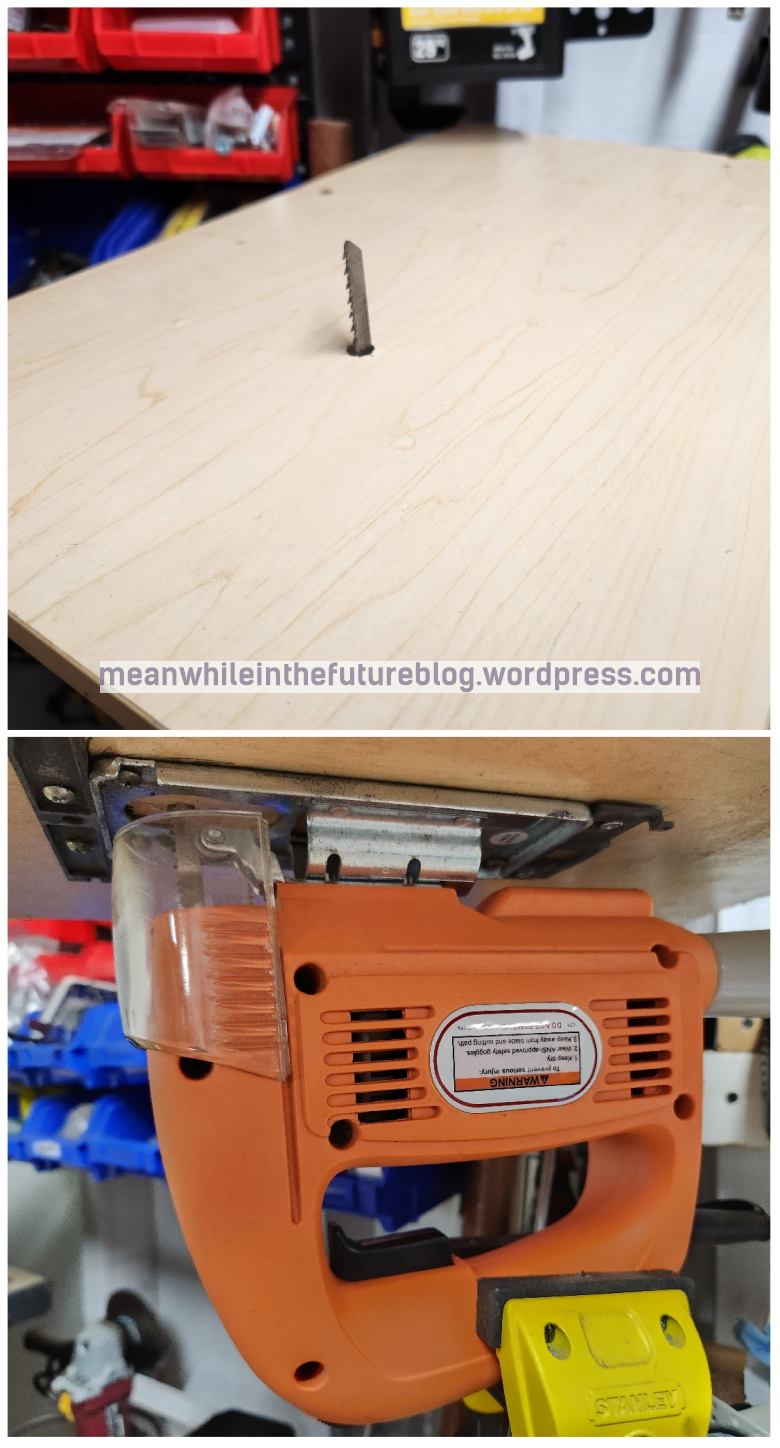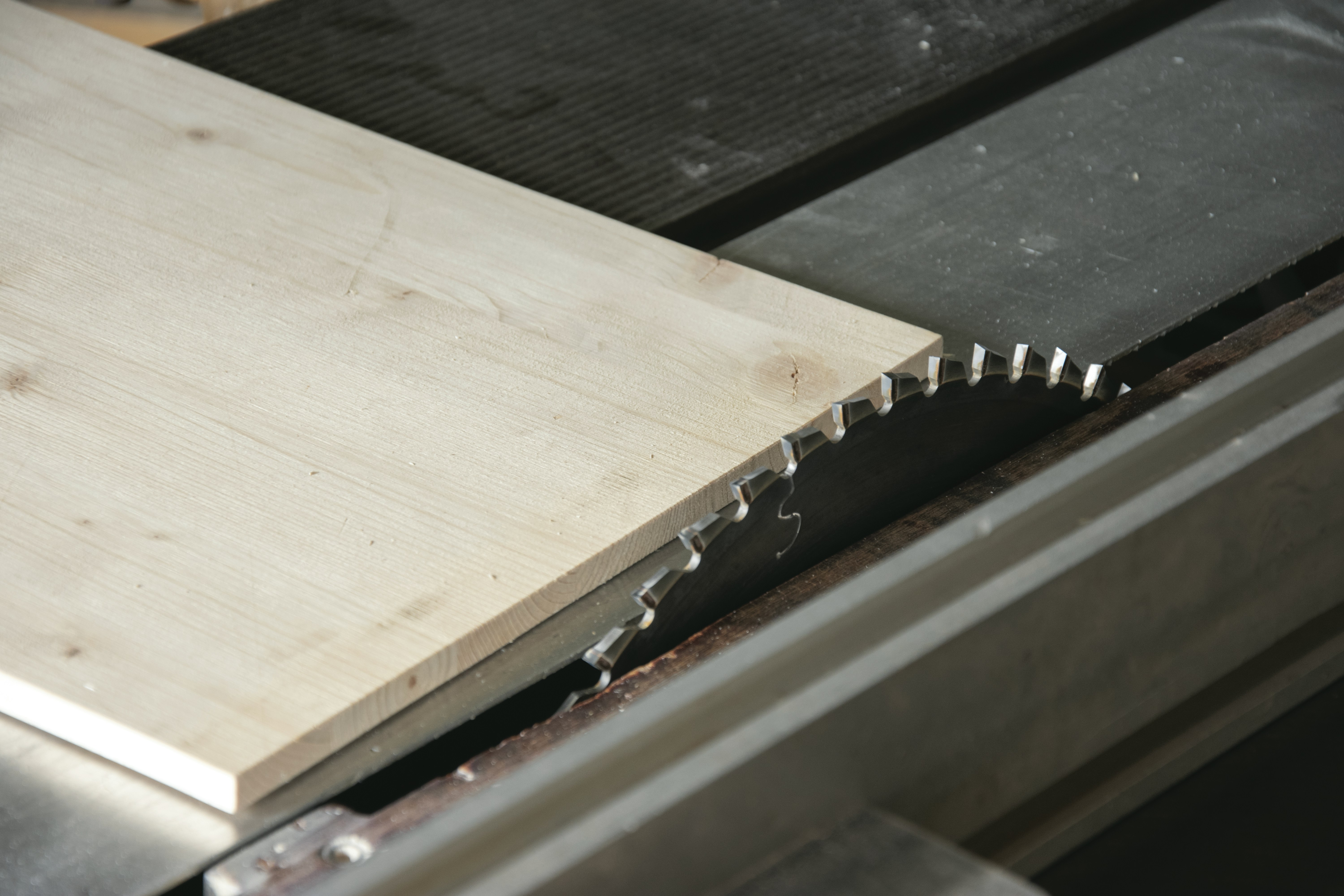It’s been a busy week for me. This time of year there are lots of things to be done: gardening, maintenance, socializing, as well as overdue house repairs and some other things, so I’ve been offline for a bit.
I’ve also been working on a lower-priority workshop project, just for fun. I like working with my hands, and woodworking is something I’ve done off and on for most of my life. I’m not a craftsman by any means. At best I might consider myself an adequate cabinetmaker. I also don’t have a wood shop per se, just a collection of tools and a space that I can occasionally clear for some projects.
In this case, there’s actually several projects that need to be completed, one after the other, in order to get to my actual goal. That’s how it is in limited space. I can’t go from one procedure to the next, I have to do a step, then clear the space and set up for the next step. It’s especially punishing because it really breaks the flow if not planned out well. And if something goes wrong and I need to repeat a previous process, that can really interfere with forward momentum.
Ultimately, it’s Flow that determines whether you have a productive and enjoyable time while you do creative problem-solving. Some people call it “being in the zone.” Some people seem to achieve flow as a mechanical process, while others consider it an almost spiritual, transcendental experience that is beyond their control. However you view it, it’s vital to creative work that Flow not be interrupted if your work is to be completed.
Anyway, the reason for this post is somewhat documentary. In a real wood shop, the tool needed for very intricate cutouts would be a scroll saw. I don’t have a scroll saw, nor a place to put it even if one were to land in my lap. What I do have is a hand-held jig saw and a flat piece of shelving from an old desk.

If you’re not familiar, the blade of a jig saw rises and falls, creating a repeated “sawing motion” as you move the blade through the workpiece. It’s not a precision tool, but it can be tightly maneuvered which is good for cutting complex shapes. When mounted like this (I still need to build a box around it as a stable base), it allows the user to push the workpiece into the blade with slightly more precision and so somewhat simulates a scroll saw. Of course, there are no safeties or guards in place, so to use this I must be very careful and very vigilant. This is only needed for a brief part of the project, but it’s the best tool I have for the job.
For the record, I’m not endorsing using tools that don’t have safety systems. I always keep safety systems engaged when available, but in a pinch I need to make some informed decisions to keep the flow going. One must take risks for the craft.
A project percolates out of the Heap
Of course, this post isn’t about shop safety either. My blog tries to be about creativity and keeping track of everything. This post is probably more about planning and order of operations. This is important in a lot of projects to save time in setup. Once all the steps are set up, a previously monumental goal becomes merely a series of short tasks. Prior to making the Frankensaw, I needed to cut a bunch of plywood pieces, so I spent the afternoon batching them out, straight cuts, an easy 20-30 minutes worth of work once everything was set up. It was one of the best days I’ve had in a while, even though the task was really repetitive.
This whole project started when I saw something in a magazine. I don’t get paper magazines anymore. I can read a mind-boggling selection using an app on my tablet, so I have access to several woodworking journals. While browsing, I saw something cool, screenshotted the image, and then filed it away for “someday.”
Many months later, I stumbled across the screenshot again (all glory to “the Heap”) and got a new wind of inspiration. For once, I actually had (almost) everything I needed to start it. Out came the tablet again and I started sketching my variation on the project, even down to individual piece measurements, then a plan of action in how I could make it come together with limited tools and limited space.
Planning vs. winging it
Usually, I like to fly by the seat of my pants when doing creative things. I might have a general image in my head, but other than making sure I have certain materials available, I’ll just start working and see where it goes. With woodworking and other construction-related projects, I tend to plan realistically, trying to anticipate all potential roadblocks and even how to arrange the physical space to accomplish it. Perhaps that’s because I actually had formal training in construction, or because it saves time when you know all the dimensions of pieces needed, or just because the stakes are higher when you’re working with hundreds of dollars in materials instead of a few bucks worth of clay or paint.
Building the Frankensaw was a step. When my project needs it, it is now available. My next steps are sketched out and only need another free afternoon to move forward on the project. Easier said than done.
I guess the point is that planning well means staying “in the zone” for longer.

